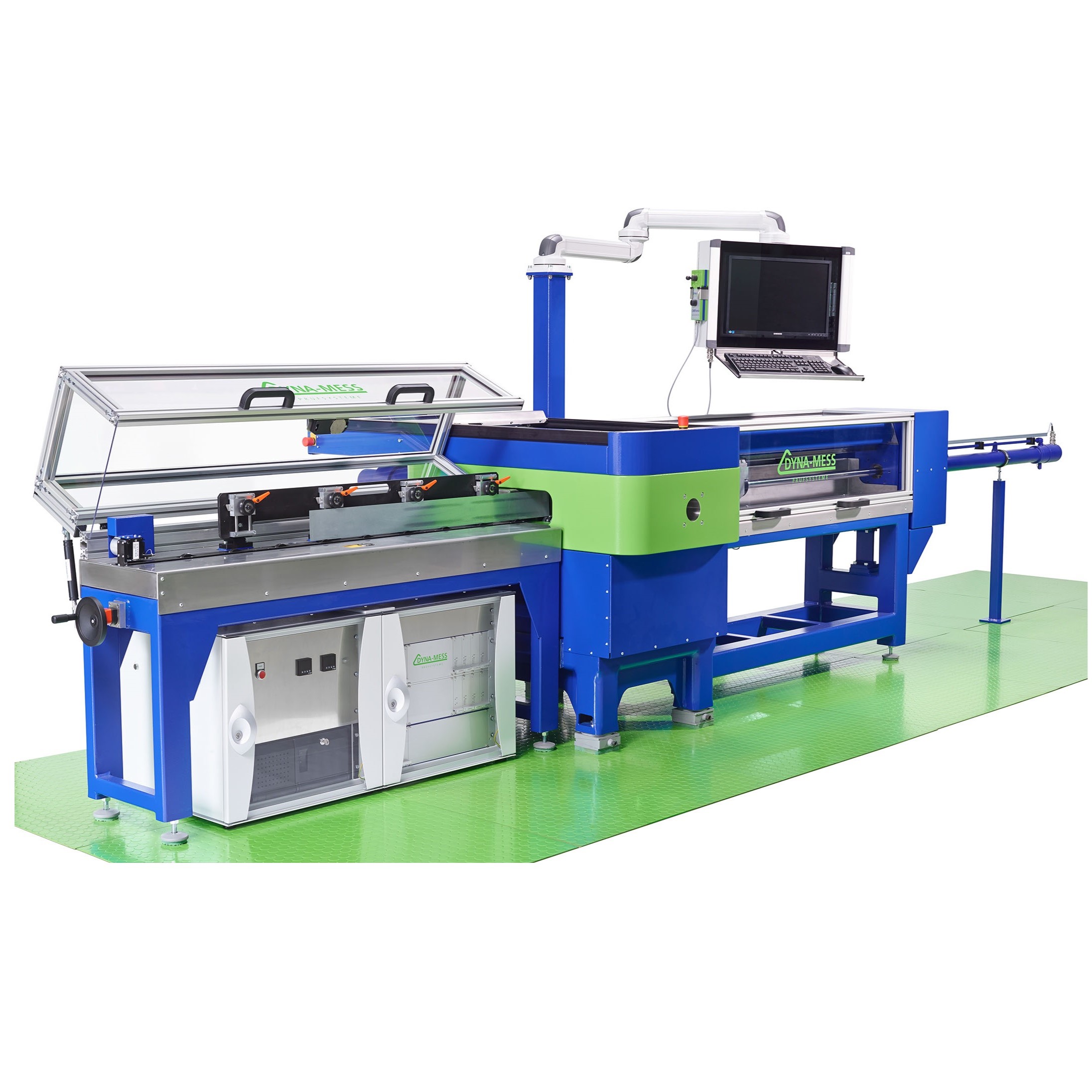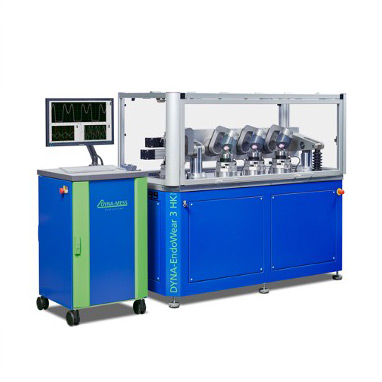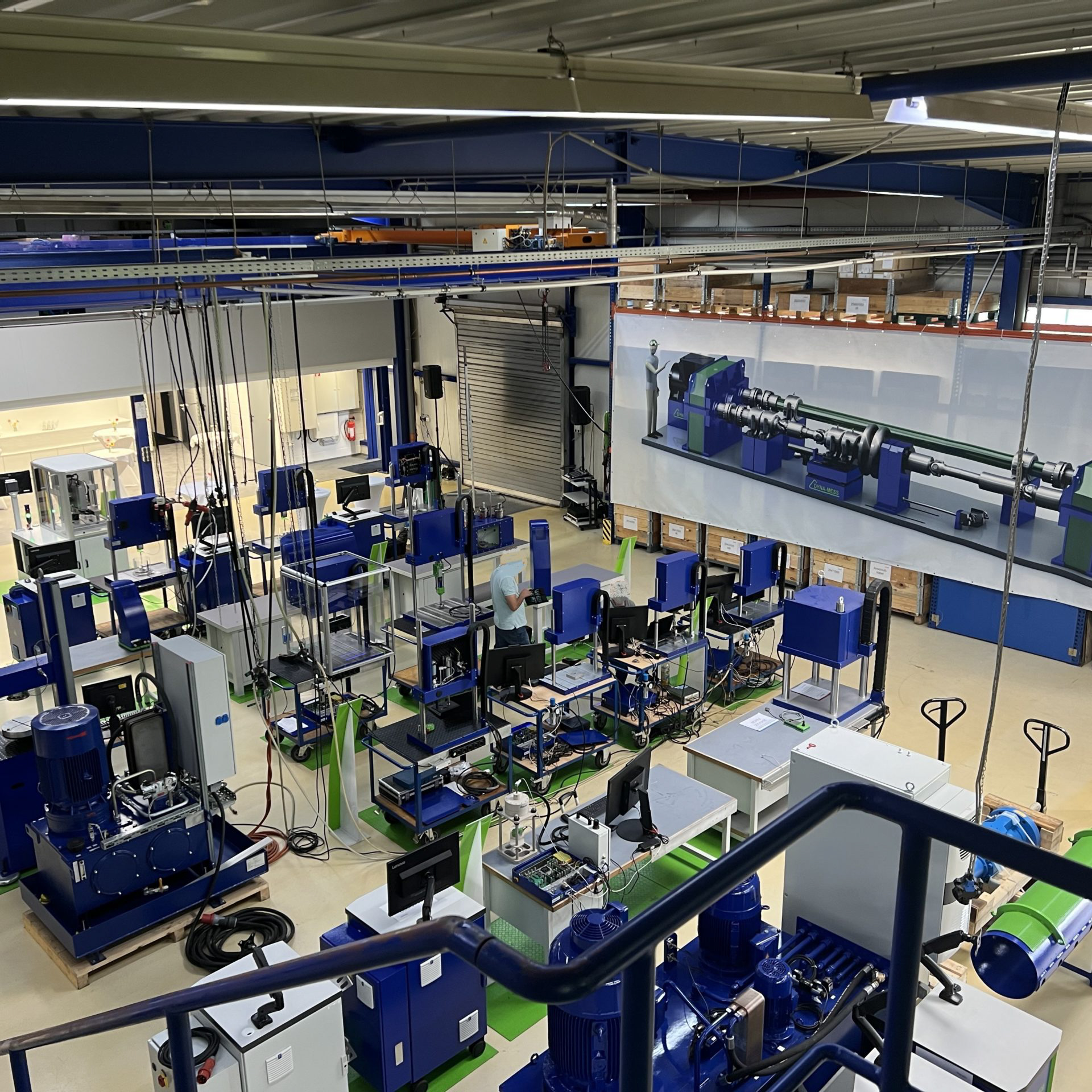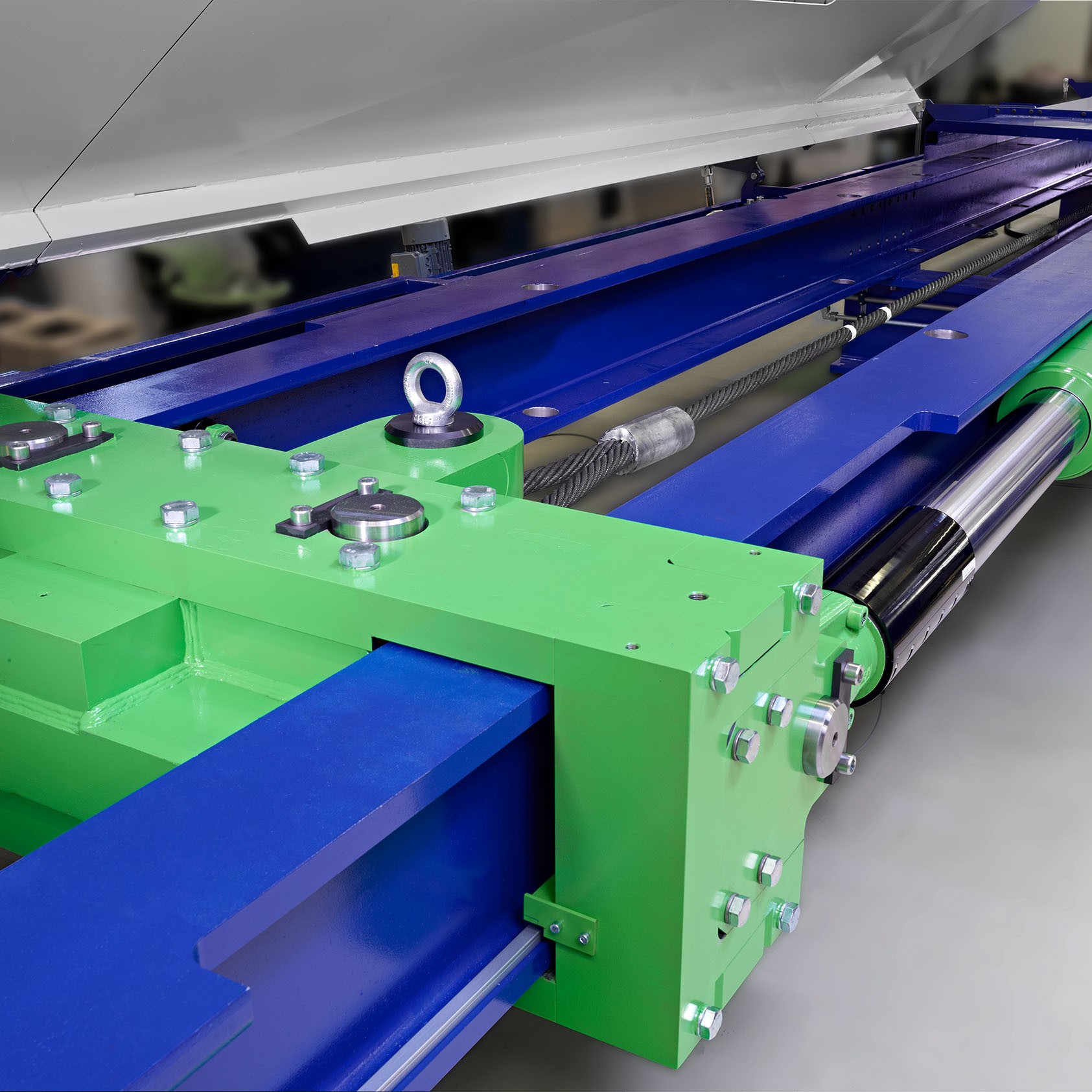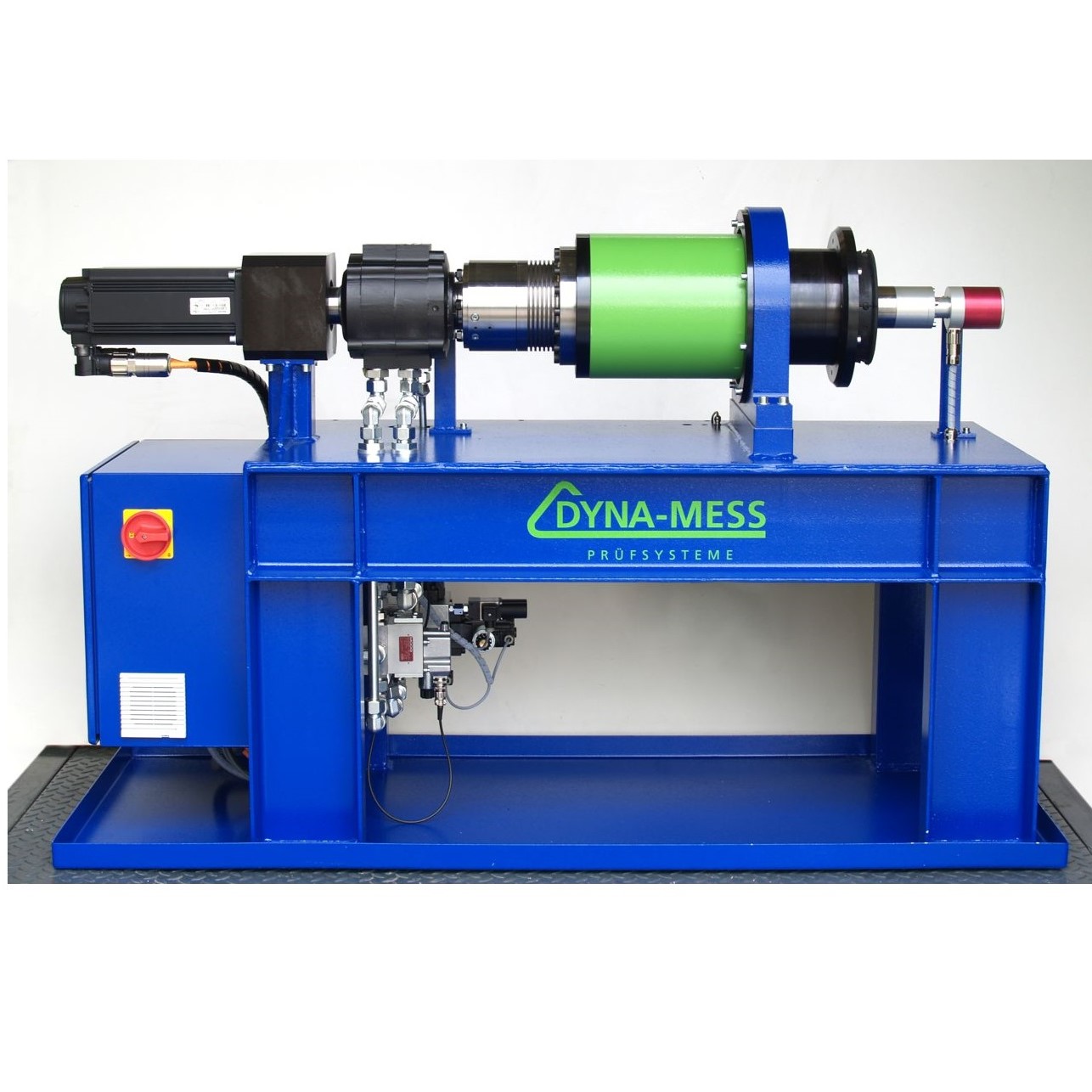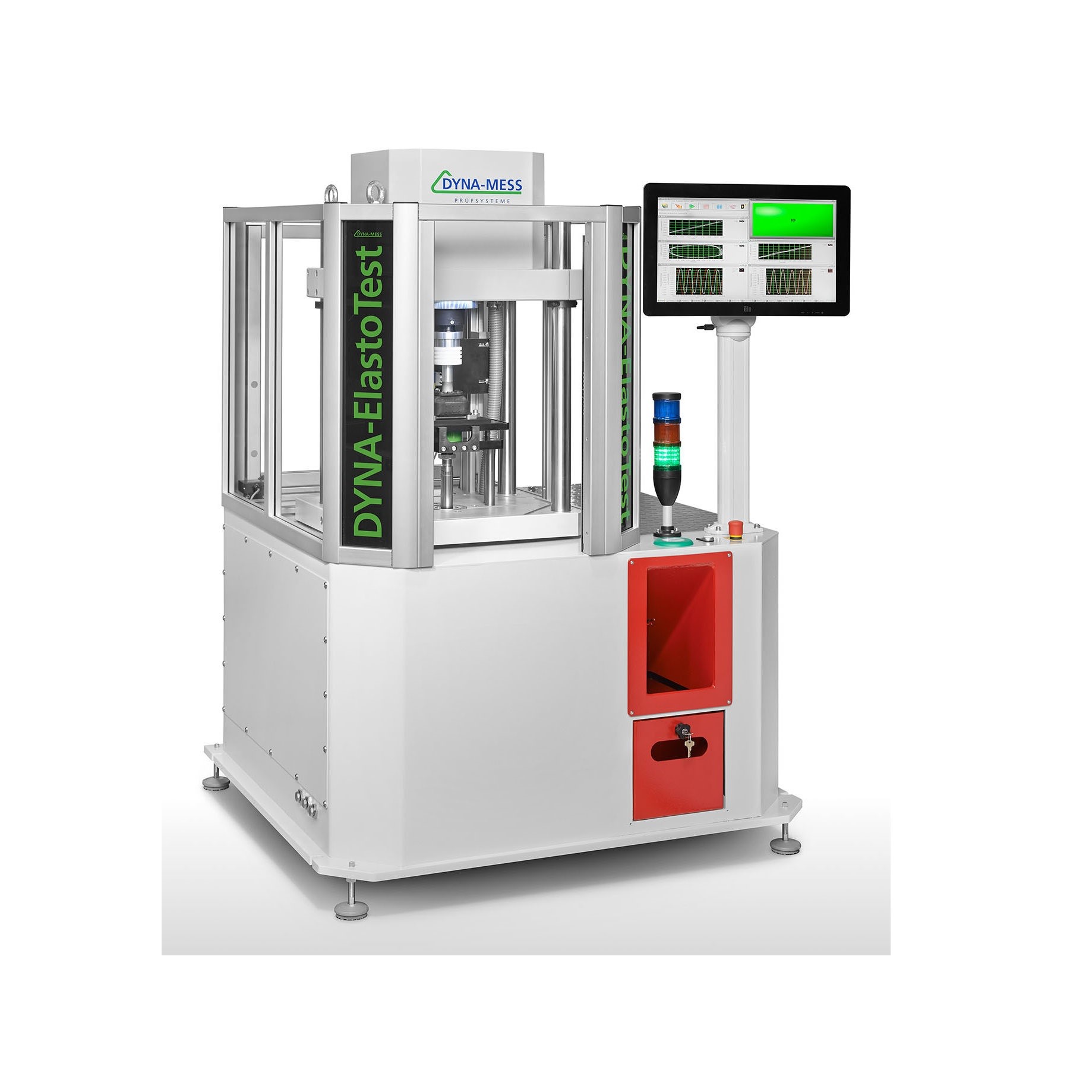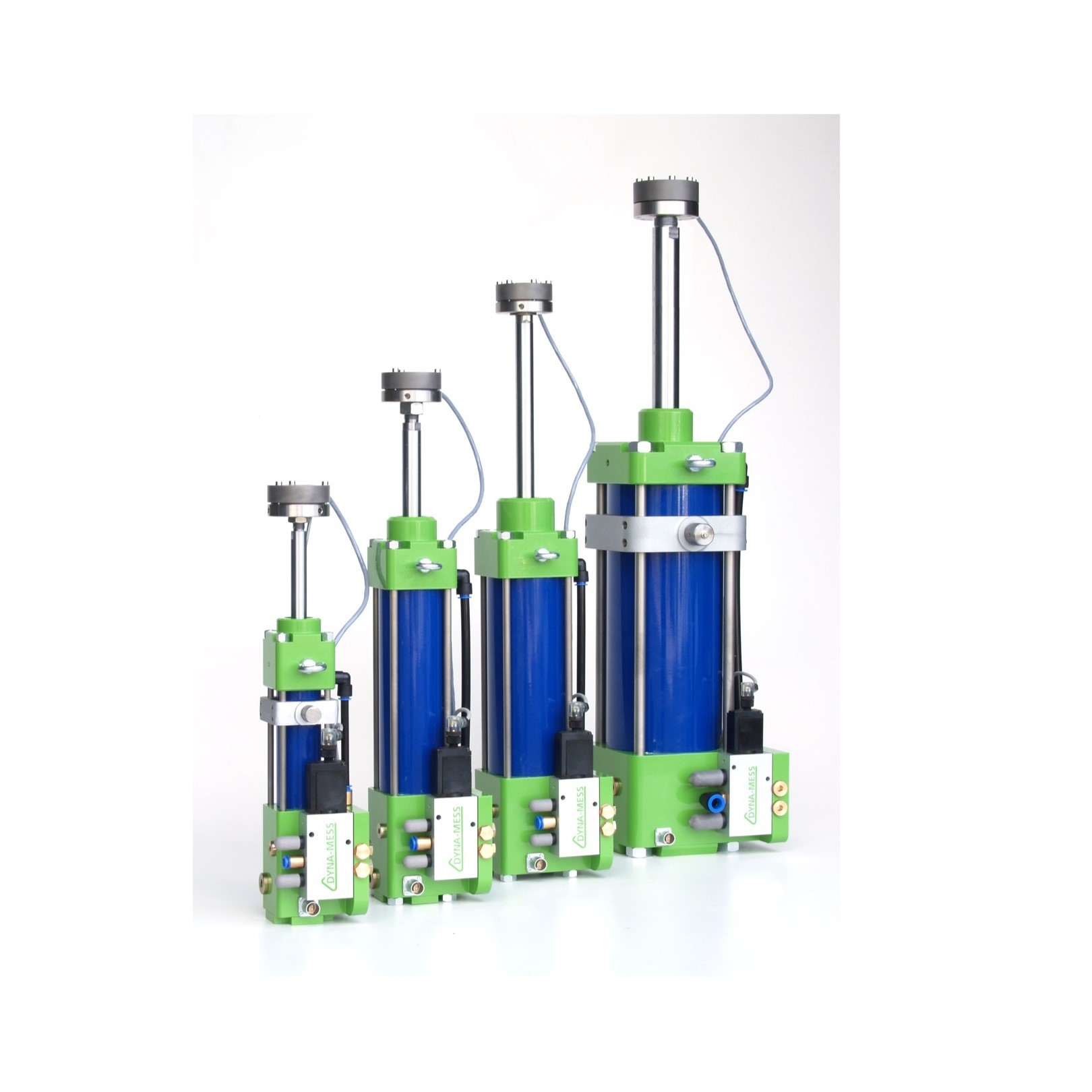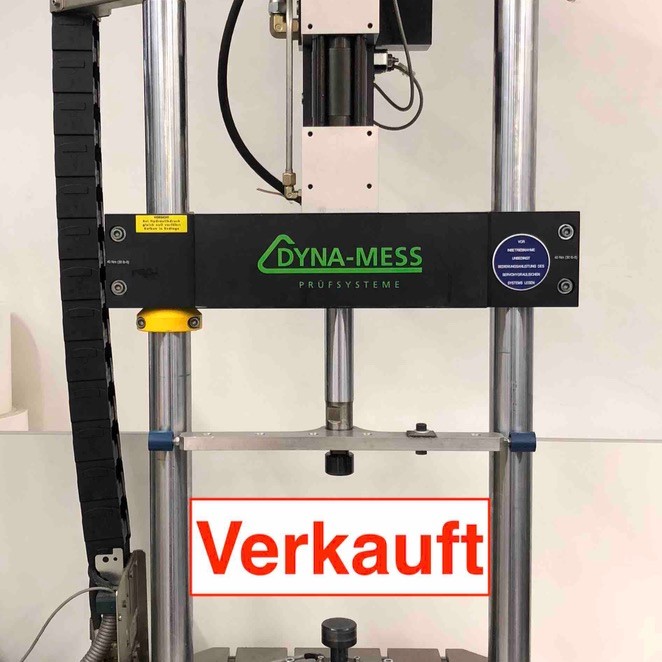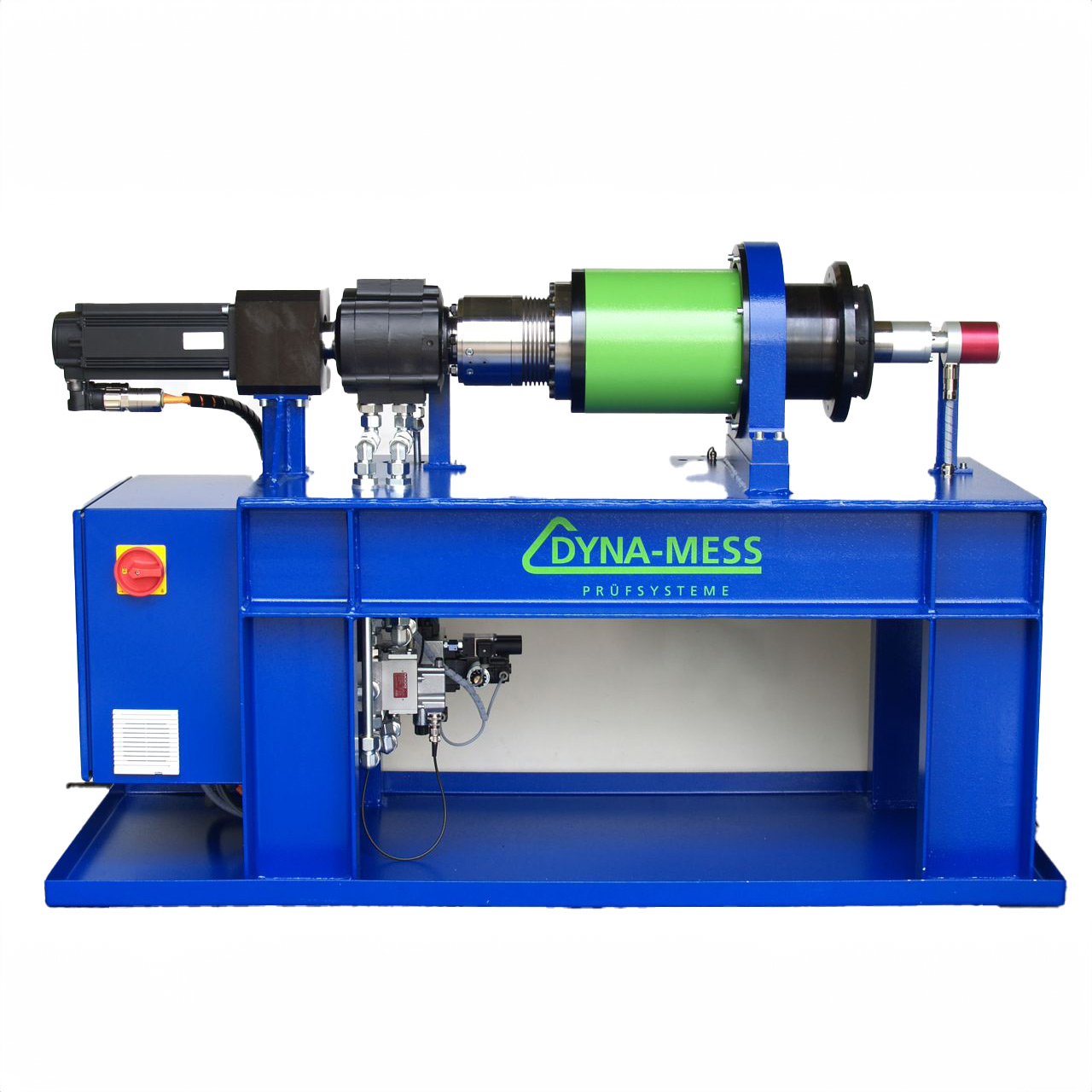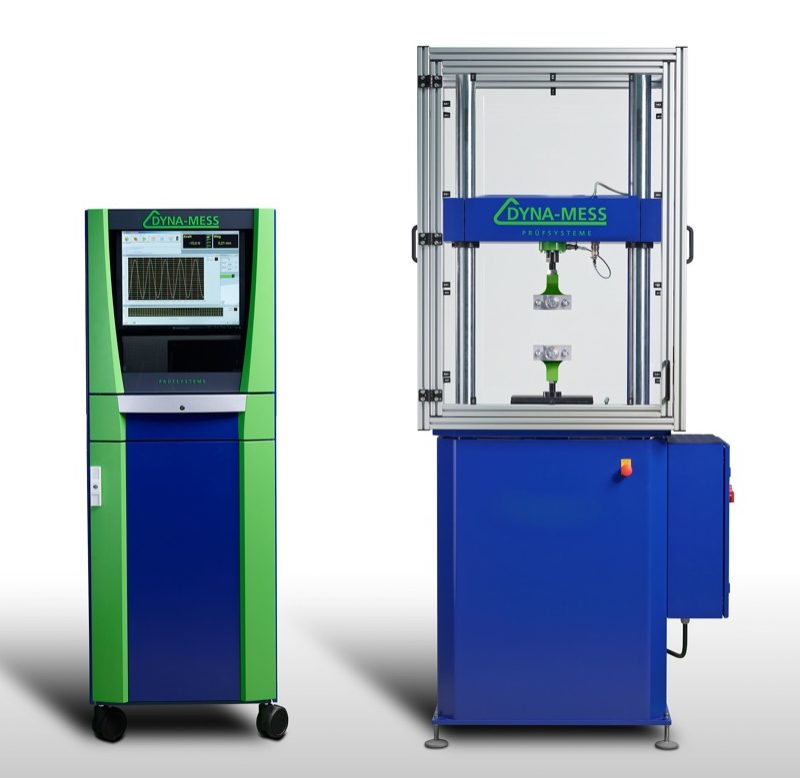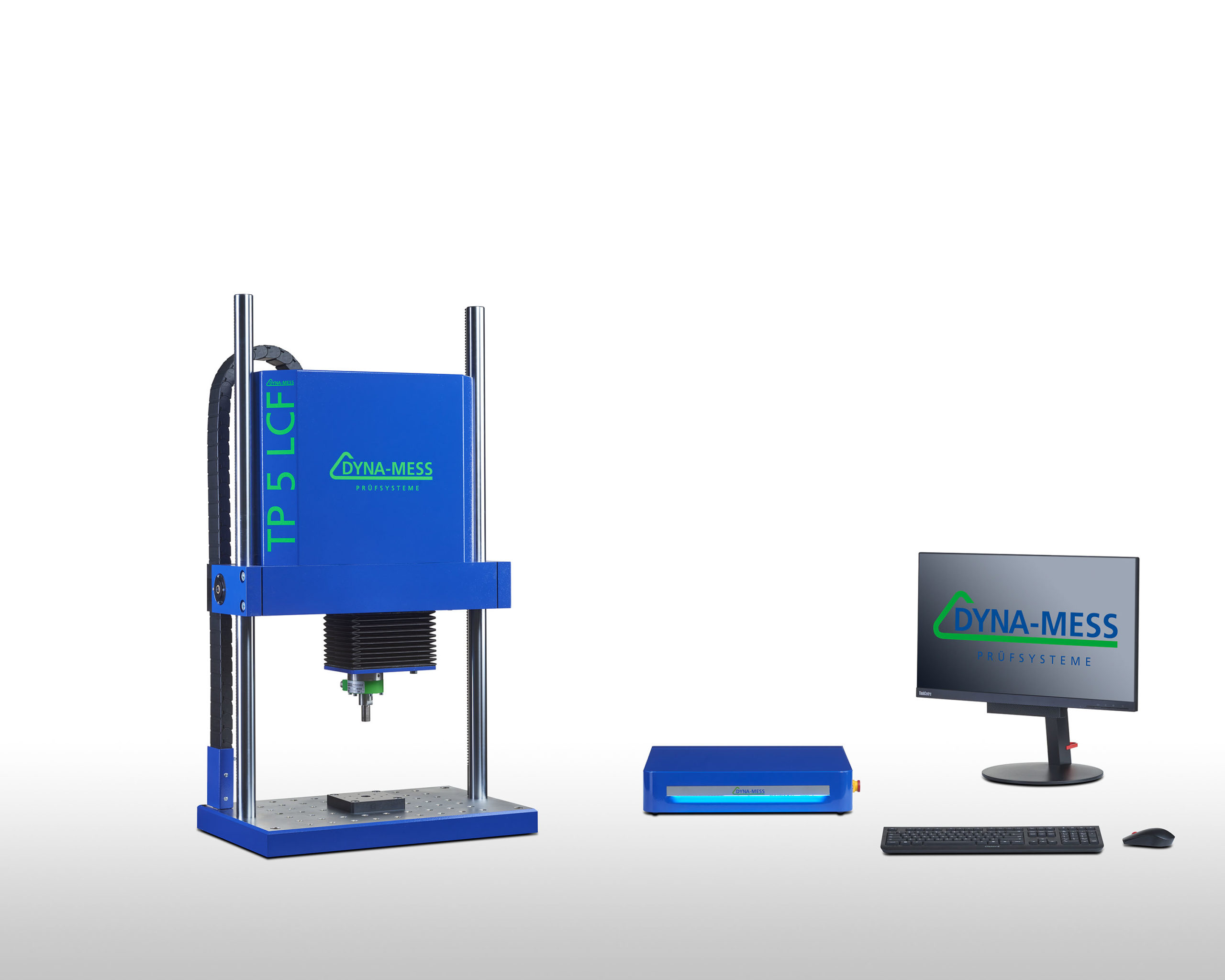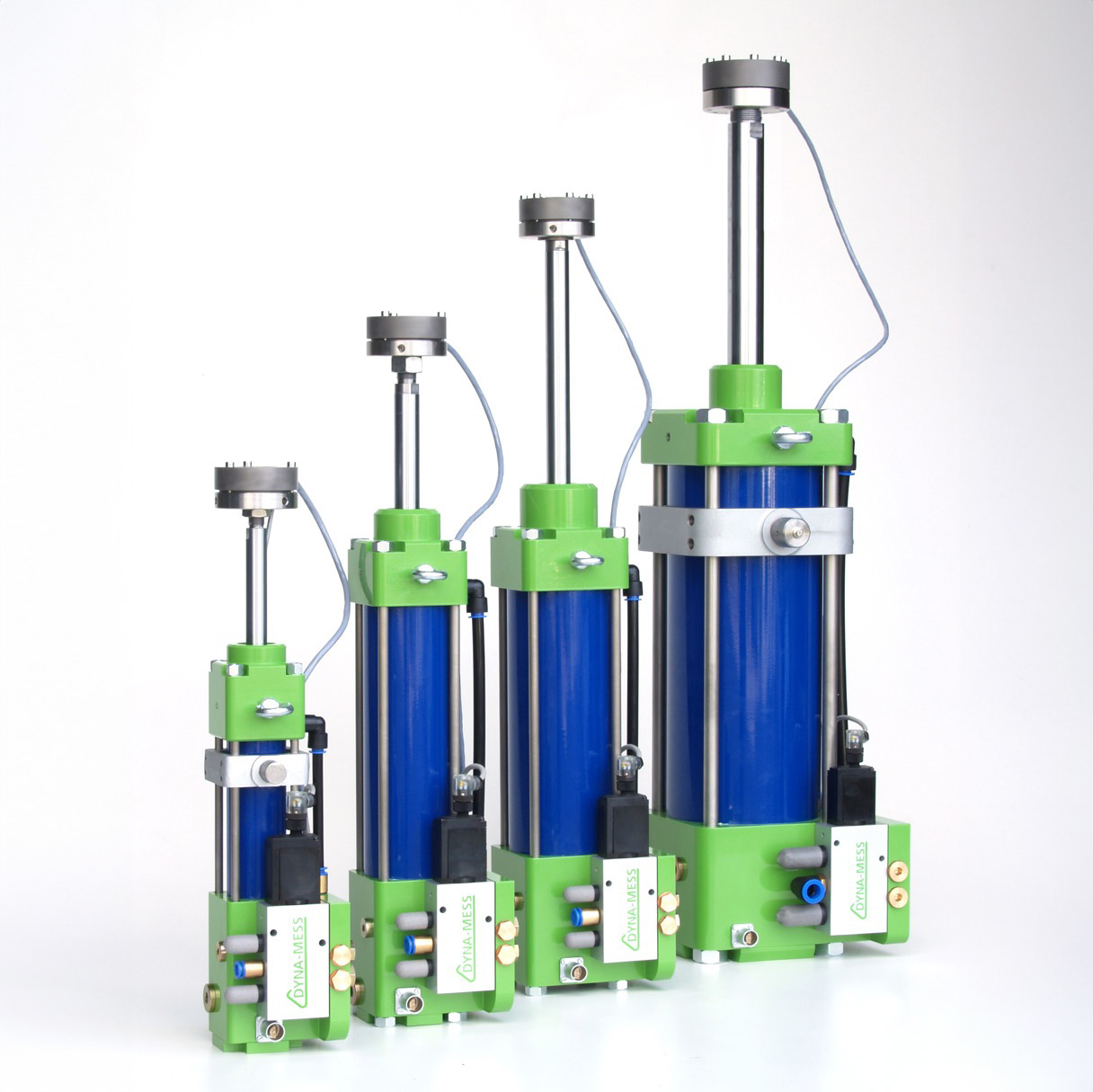Automotive
Our expertise in the automotive sector
Launching new products on the market in the shortest possible time and ensuring quality – the testing machines from DYNA-MESS make it possible. Testing machines for seats, steering wheels, pedal systems and more are customised and individually adapted or newly developed on request.
Seats
A large number of mechanical tests are carried out on vehicle seats. Standardised DYNA-MESS test rigs and axes are preferably used for endurance tests and to determine play and stiffness.
Steering wheel
Vibration resistance tests are carried out on steering wheel skeletons as well as on complete steering wheels. In most cases, the steering wheels are fixed to the central hub and loaded on the steering wheel rim. Continuous actuation tests on horns and switches are usually carried out on the complete steering wheel.
Pedals
DYNA-MESS test systems are used for testing pedals and foot controls. In addition to fatigue vibration tests on the pedal, fatigue function tests are primarily carried out on the entire foot lever mechanism, in which the fatigue strength of the pedal and the long-term functional reliability of bearings, master cylinders, springs, etc. are analysed. Modern technologies such as brake-by-wire are tested and further developed on specially developed test benches.
Gear shift simulation
Three-axis test systems are used to test the service life of car gearshift levers. By combining displacement and force control, shifting processes can be precisely simulated and repeated thousands of times. The use of a climate chamber rounds off the gearshift simulation under specified real-life conditions.
Rubber/metal elements
Elastomer components are tested both statically and dynamically. DYNA-MESS testing machines are used worldwide for both types of testing, both in development laboratories and in production for 100% testing at the end of production lines.
Battery
Battery testing with DYNA-MESS test systems includes tests such as nail penetration tests and crush tests to ensure the safety and robustness of batteries under extreme conditions. These comprehensive tests help to identify potential hazards and optimise the batteries to meet the highest safety and performance standards.
SUITABLE PRODUCTS
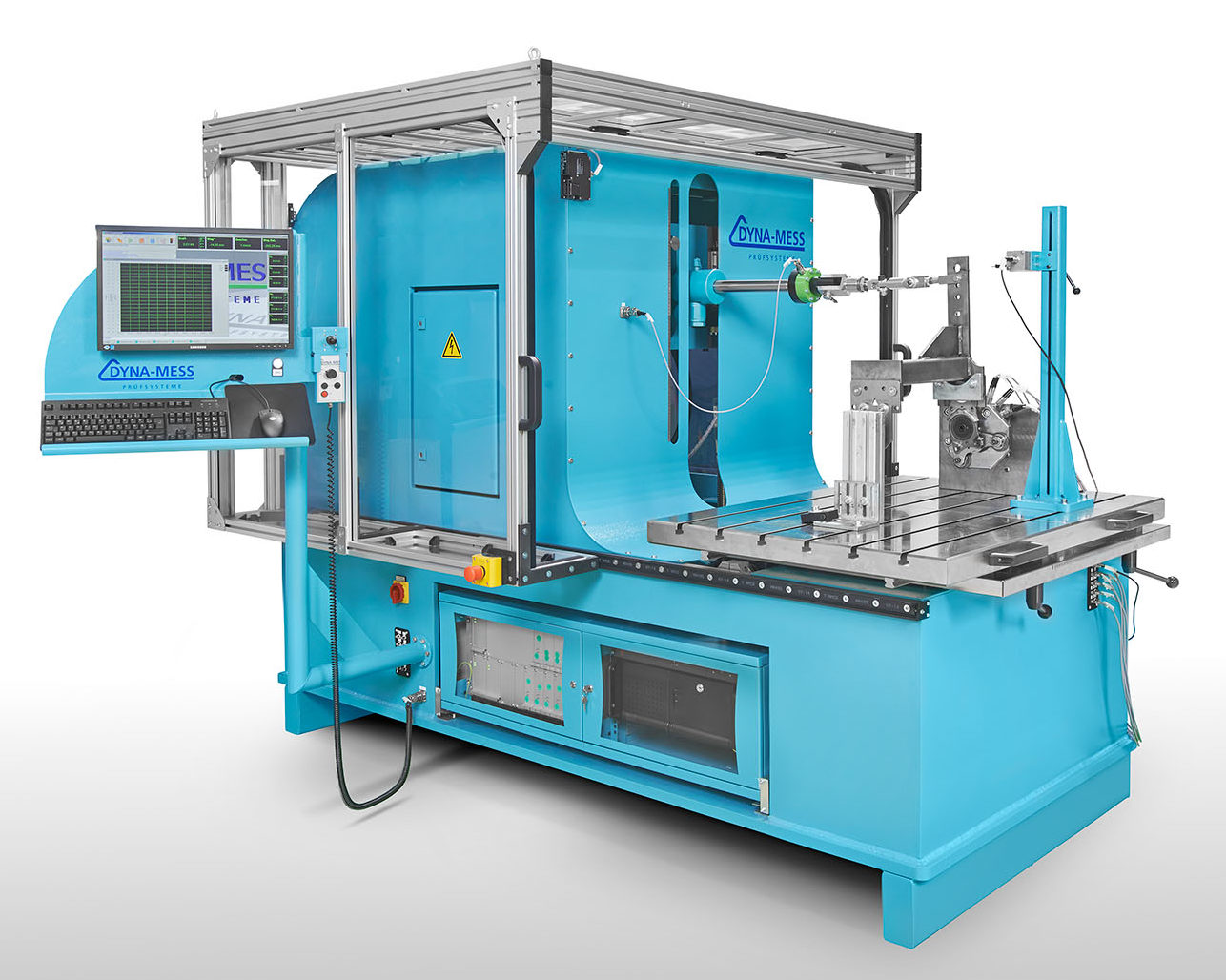
DYNA-FTT + DYNA-SST
The FastTension Tester DYNA-FTT and the StaticStrength Tester DYNA-SST are test devices for testing the recliners of car seats.
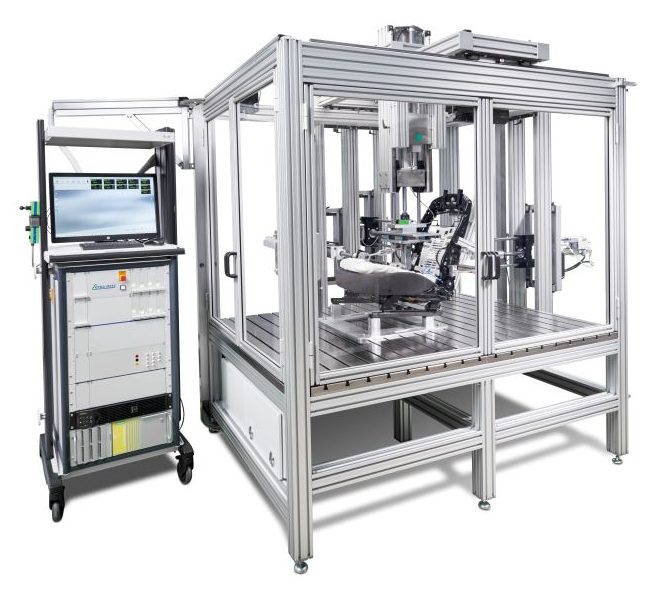
DYNA-FaSi: Driving simulation seats
Driving simulation test rig for testing vehicle seats in fatigue and endurance tests as well as static tests.
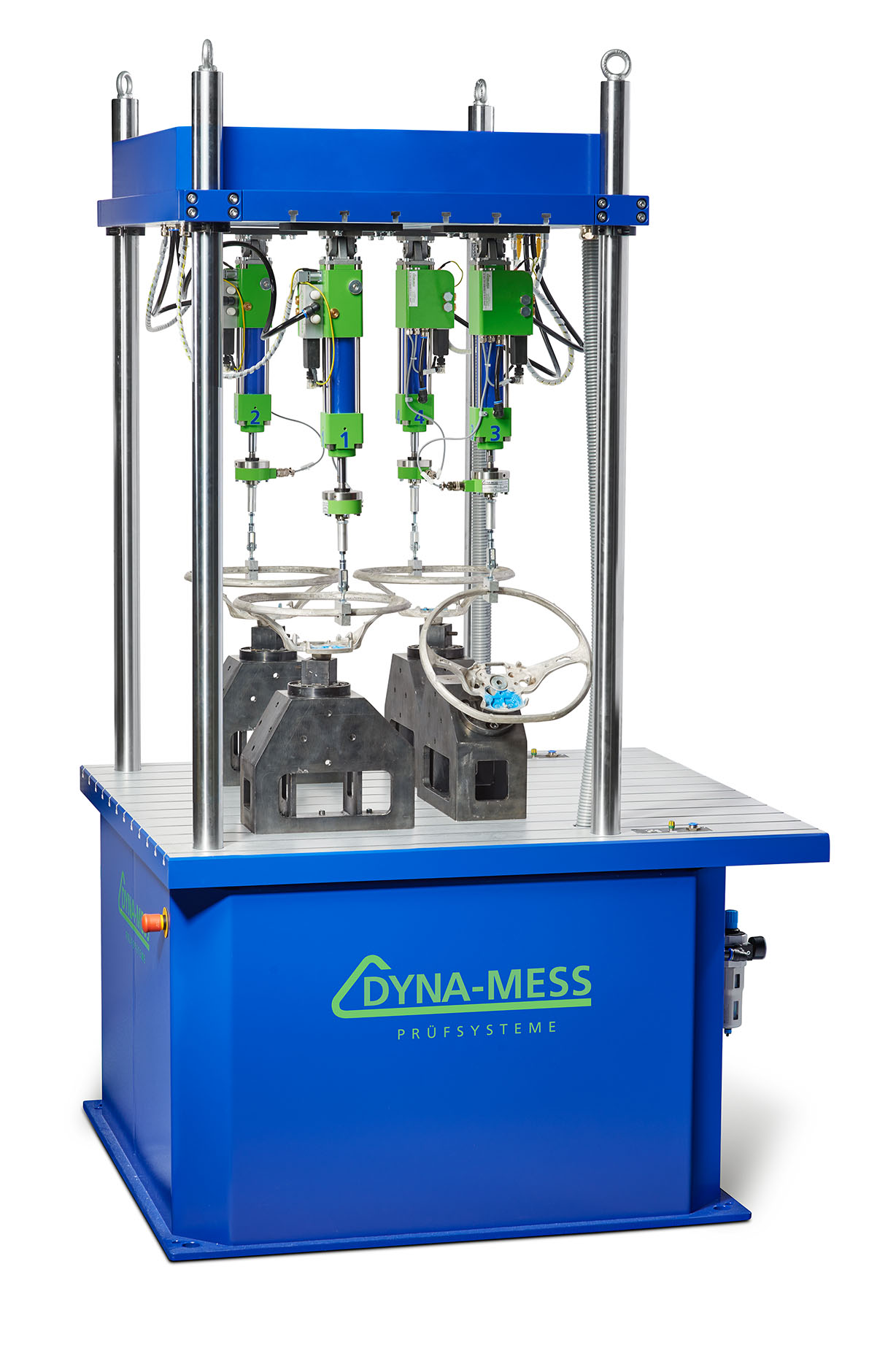
DYNA-BAT: Bi-axial tester
The DYNA-BAT steering wheel bi-axial tester is a test bench for car steering wheels.
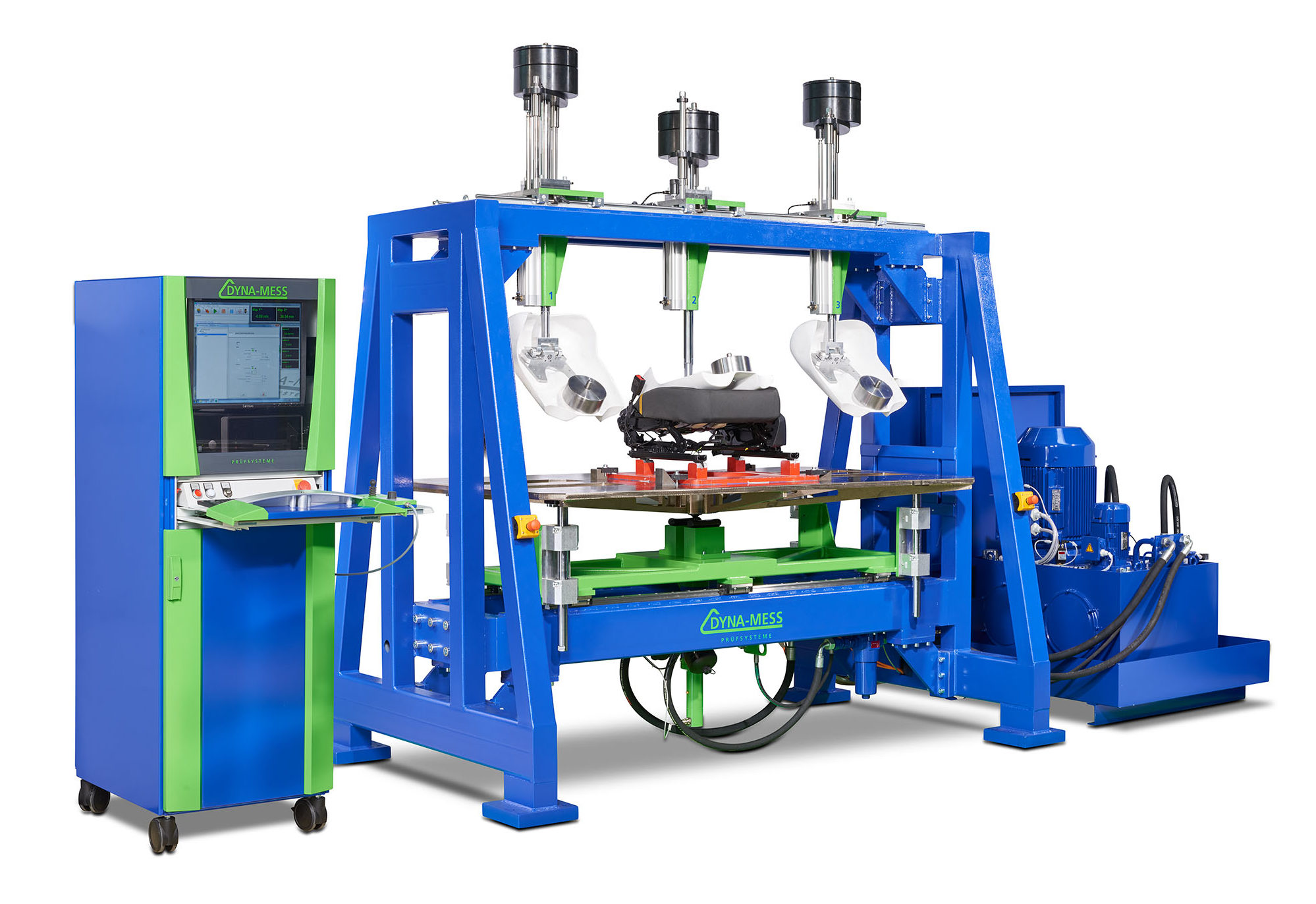
DYNA-EVP: Ehra Tester
DYNA-MESS Ehra tester for operating load tests on car seats.

DYNA-HAT + DYNA BDT
DYNA-HAT and DYNA-BDT are the ideal products for testing the horn push force and service life of switches on steering wheels.
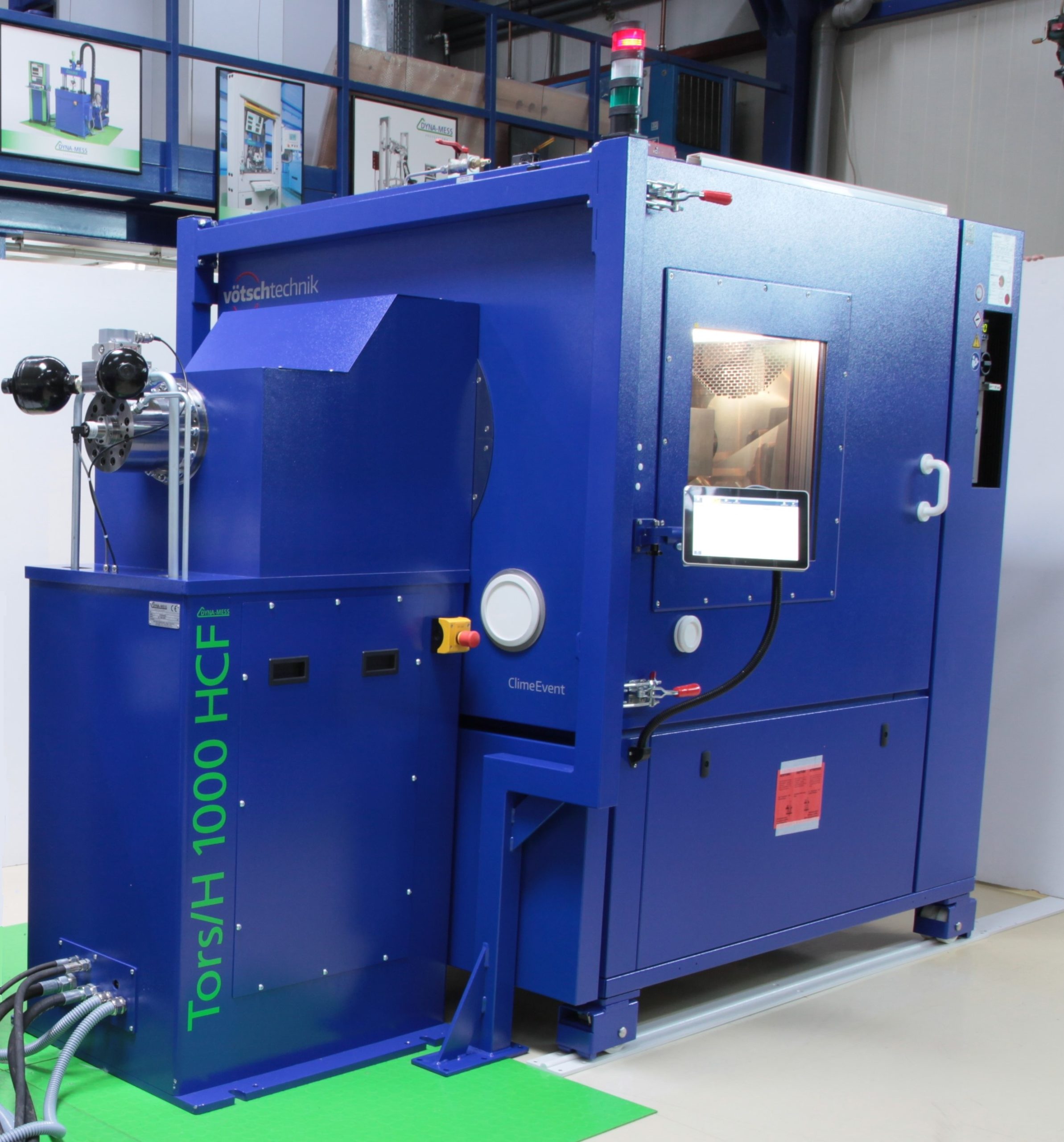
DYNA-BPS: Brake pedal sensor
The DYNA-BPS torsion testing machine is used for dynamic component testing on electric brake pedals.
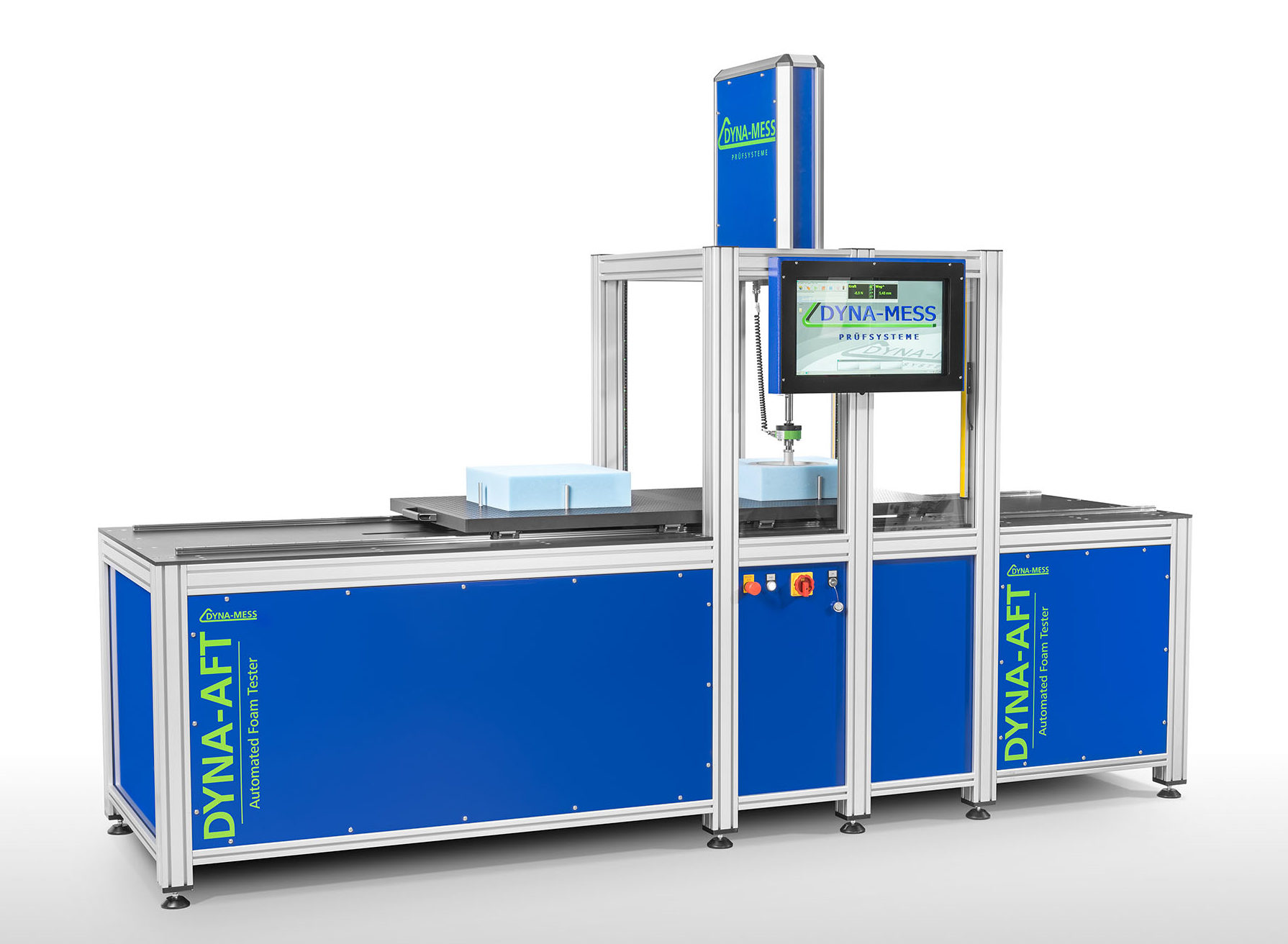
DYNA-AFT
DYNA-MESS has developed the DYNA-AFT (Automated Foam Tester) testing machine for foam testing in accordance with ISO 2439, ISO 3386 and ISO 3385.
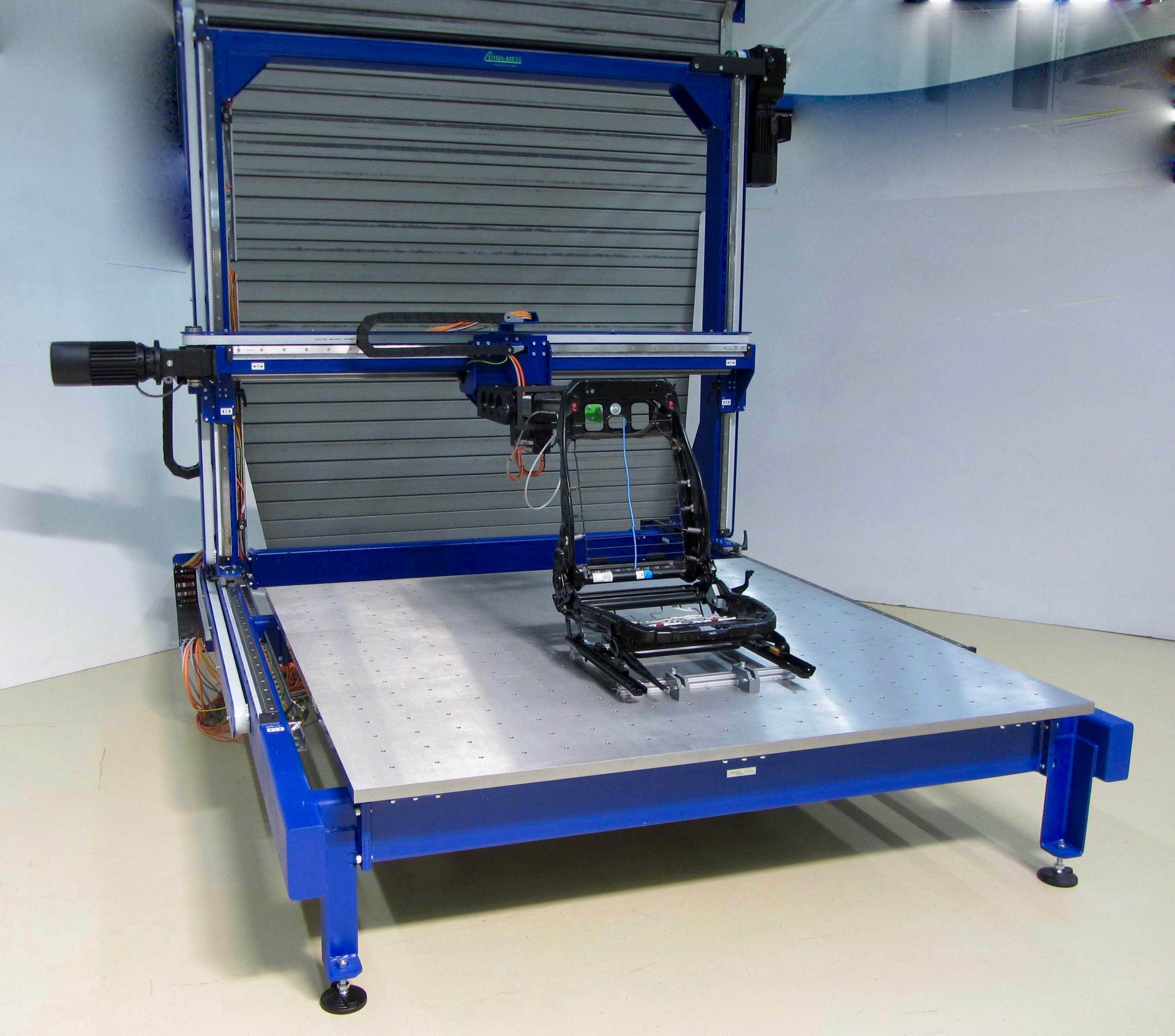
Play and stiffness test rig
DYNA-MESS test stand for measuring the play and stiffness of seats.
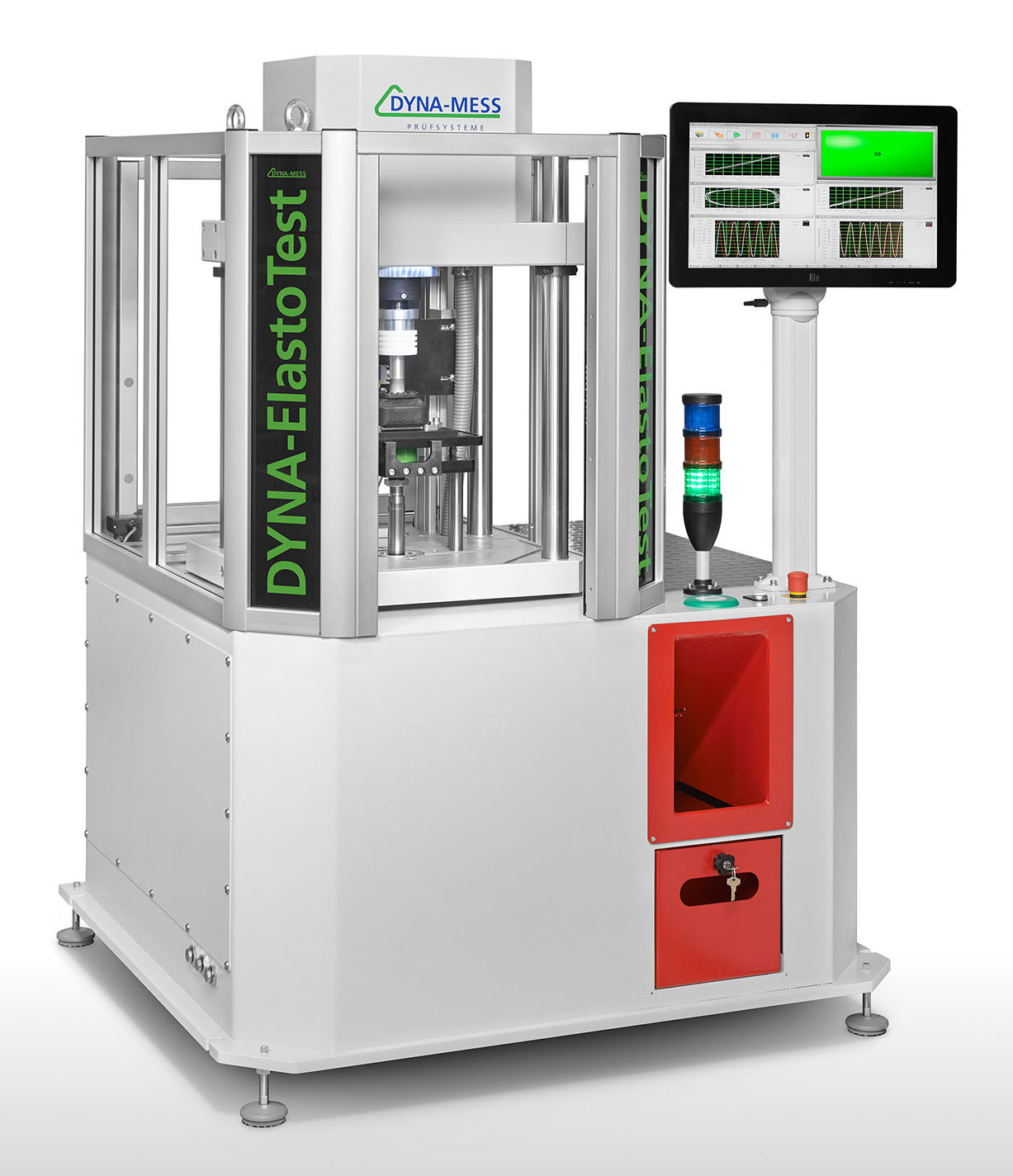
End-of-line test systems
Production-integrated testing systems for automated 100% testing and iO/niO evaluation of components in the production process.
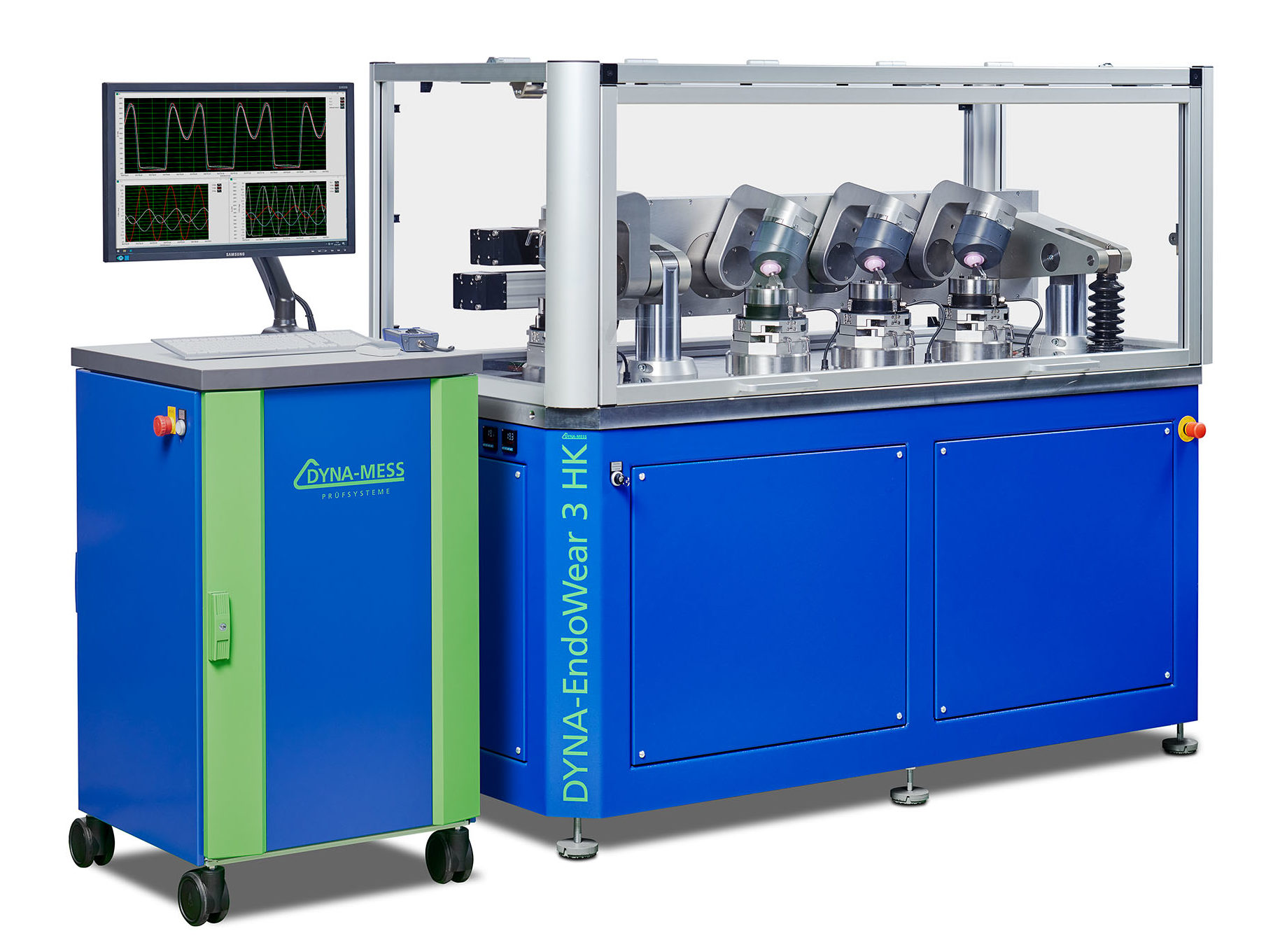
Standardised test solutions
DYNA-MESS serves many industries with various testing machines and also covers individual applications.
OUR SERVICES FOR YOU
Calibration
Adjusting test systems
Precisely calibrated for reliable measurement results and quality assurance
Maintenance
Maintain test systems
Professional maintenance for optimum performance and a long service life
Repair
Repairing test systems
Repairs for smooth operation and optimum performance
Modernisation
Test systems always up to date
Modern technology for improved performance and accuracy
Accessories
Upgrade test systems
Advanced functions and technologies complete testing machines
Training
Understanding test systems
User and topic training on all aspects of DYNA-MESS test systems
FAQs on automotive testing at DYNA-MESS
For which automotive components does DYNA-MESS offer testing machines?
DYNA-MESS develops testing machines for vehicle seats, steering wheels, pedal systems, shift actuators, rubber/metal elements, and batteries. The systems can be configured to customer specifications and cover many areas in the automotive sector.
Which tests are possible on vehicle seats?
Vibration resistance tests, endurance tests on horns and switches, and bi-axial load tests on the rim and hub are carried out.
What are testing machines used for on steering wheels?
Vibration resistance tests, endurance tests on horns and switches, and bi-axial load tests on the rim and hub are carried out.
Which tests are offered for pedals and foot lever mechanisms?
DYNA-MESS tests pedals for fatigue strength and performs endurance tests on complete foot lever mechanisms. Modern systems such as brake-by-wire are also tested on specialized test benches.
Are there testing solutions for gear shift simulations?
Yes, three-axis test systems allow precise endurance testing of passenger car shift actuators with travel and force control, also under climatic conditions if desired.
How are rubber/metal elements tested?
Static and dynamic tests are possible both in development laboratories and in production for 100% final inspection.
What battery tests are possible?
Safety and robustness tests such as nail penetration and crush tests are available to identify potential hazards and optimize safety and performance.
What services does DYNA-MESS offer?
DYNA-MESS provides comprehensive services:
- Calibration: Adjustment for precise measurement results
- Maintenance: Regular care for a long service life
- Repair: Restoration of operation
- Modernization: Technological updates to improve performance
- Accessories: Extensions and upgrades
- Training: User training for DYNA-MESS testing systems


